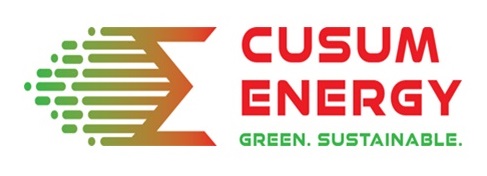Solar panels may seem like magic turning sunlight into electricity with no moving parts but the process is rooted in solid science.
Here's how it works, step by step:
Step 1: Sunlight Hits the Solar Panel
The process begins when sunlight (photons) strikes the surface of a solar panel, which is made up of photovoltaic (PV) cells usually composed of silicon.
Step 2: Photons Knock Electrons Loose
Each PV cell is designed with a positive and negative layer to create an electric field. When photons hit the silicon atoms in the PV cell, they knock electrons loose from their atoms.
Step 3: Electric Current Is Created (DC)
The electric field within the cell forces the freed electrons to flow in a particular direction this flow of electrons is Direct Current (DC) electricity.
Step 4: Wiring Collects the DC Electricity
Thin metal lines (conductors) in the PV cells collects the electricity. Wires then carry this DC electricity out of the panel and toward an inverter or battery.
Step 5: Inverter Converts DC to AC
Most homes and appliances use Alternating Current (AC). So the DC electricity from the panels is sent to a solar inverter, which converts it into AC electricity.
Step 6: Electricity Powers Your Home (or Goes to the Grid)
The AC electricity then flows through your home’s electrical panel, powering lights, appliances, and outlets. If your system produces more power than you use, the excess can be:
- Stored in batteries (for later use),
- Or fed into the national grid (if you're grid-connected, earning you credits through net metering).
What Makes It Sustainable?
Solar energy is clean, renewable, and silent. No fuel, no emissions just free power from the sun.

